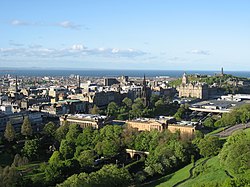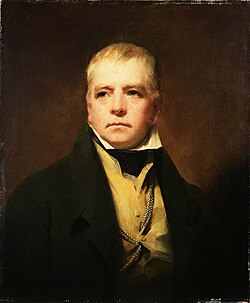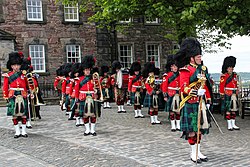The following outline is provided as an overview of and topical guide to Edinburgh:
Contents
- General reference
- Geography of Edinburgh
- Location of Edinburgh
- Environment of Edinburgh
- Areas of Edinburgh
- Locations in Edinburgh
- Demographics of Edinburgh
- Government and politics of Edinburgh
- Politics
- Law and order in Edinburgh
- Military in Edinburgh
- History of Edinburgh
- History of Edinburgh, by period or event
- History of Edinburgh, by subject
- Culture of Edinburgh
- Arts in Edinburgh
- Religion in Edinburgh
- Sports in Edinburgh
- Economy and infrastructure of Edinburgh
- Transportation in Edinburgh
- Education in Edinburgh
- Healthcare in Edinburgh
- See also
- References
- External links
Edinburgh is the capital city of Scotland and one of its 32 council areas . It is located in southeast Scotland and is bounded to the north by the Firth of Forth and to the south by the Pentland Hills . Edinburgh had a population of 506,520 in 2020, making it the second-most-populous city in Scotland and the seventh-most-populous in the United Kingdom . The wider metropolitan area had a population of 912,490 in the same year.












































